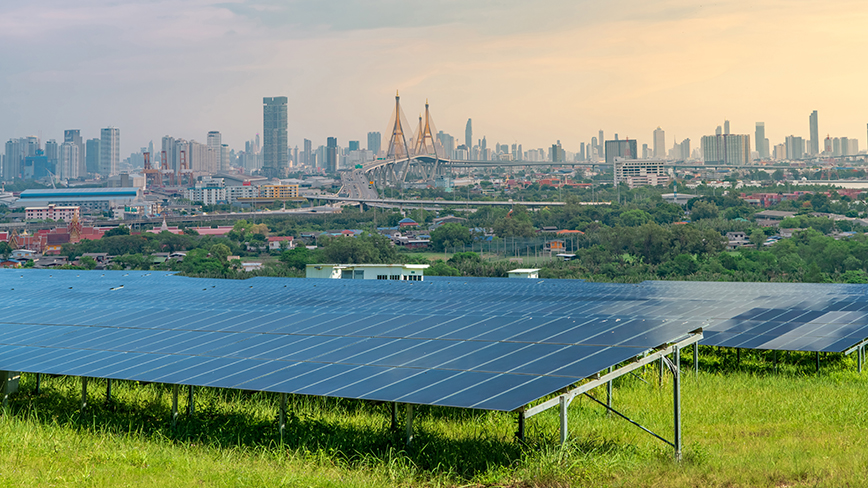Researchers use AI to create strategies for both human and environmental needs

At KTH Royal Institute of Technology, a research project aims to revolutionise how we address global sustainability challenges by using advanced artificial intelligence (AI). By using AI, it is possible to understand better and manage the interactions between the UN's Sustainable Development Goals (SDGs) and planetary boundaries).
There is a distinction between the UN Sustainable Development Goals (SDGs) and planetary boundaries, a framework that attempts to quantify the planetary boundaries within which humanity's environmental impact must stay to avoid threshold effects of climate change. The researchers have identified nine vulnerable planetary boundaries: biodiversity loss, impacts on nitrogen and phosphorus cycles, ozone depletion, ocean acidification, freshwater use, land use change, chemical pollution and atmospheric aerosols.
In the research project at KTH, Ricardo Vinuesa, Senior Lecturer, and his research team want to create more effective strategies that address both human and environmental needs.
The innovation lies in using large language models
The project's innovation lies in using Large Laguage Models (LLM), an AI technology that processes large amounts of text and data. Through a collaboration with Google Research, the researchers will use Google's Gemini language model. This ecosystem analyses documents, including scientific studies and policy reports, to reveal hidden links between the UN Sustainable Development Goals and planetary boundaries. The AI-powered analysis will help Ricardo Vinuesa and his research team identify synergies and trade-offs between social and environmental goals. Through it, the researchers can help policymakers shape strategies that maximise benefits while minimising negative impacts.
”Efforts to improve human well-being can conflict with various environmental objectives. By mapping these interactions, we can create a clearer understanding of how efforts to achieve one objective can affect others. This leads to smarter and more integrated policy decisions that balance social and environmental needs.”
A key outcome of the research project will be creating a comprehensive database organising information from the analysis of hundreds of thousands of documents. This will be a valuable resource for researchers, sustainability organisations, and governments. Ricardo Vinuesa and his research team hope this resource can help optimise policy decisions to align the UN's global sustainability goals with planetary boundaries.
The project will also use optimisation techniques to explore potential updates to the UN SDGs beyond 2030. By applying advanced AI methods such as deep reinforcement learning, the research team can identify gaps in the current UN SDG framework and propose improvements that better align with environmental limits, ensuring that future sustainability efforts are both ambitious and feasible.
